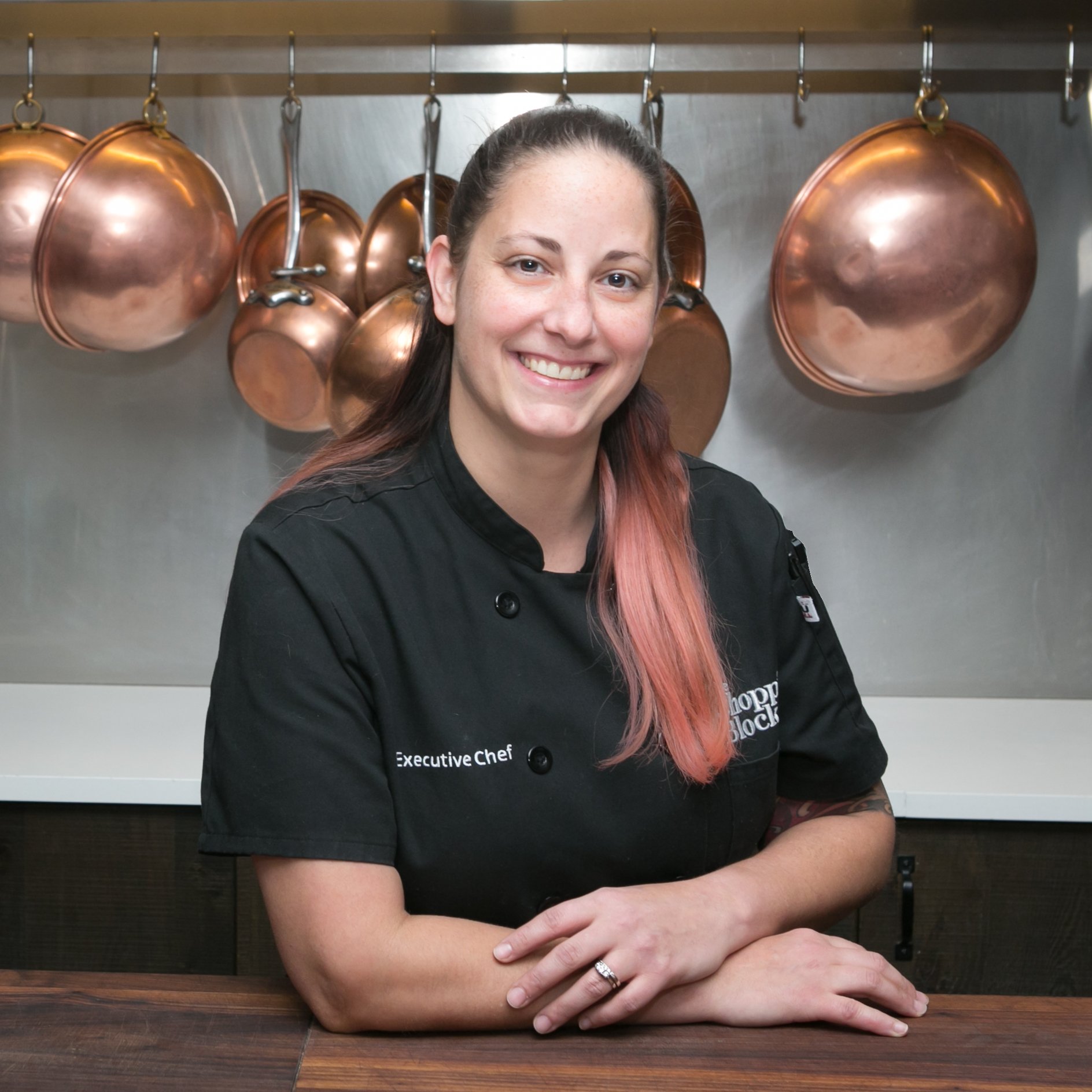When coming up with an idea for dinner or creating menus for classes, I always try and think of how to tie all of the ingredients together and nothing does that better than an awesome sauce. To me, the sauce on the plate is the jewelry that completes the finished dish.
In classic French cooking, there are five basic “Mother Sauces.” They are Béchamel, Velouté, Hollandaise/Mayonnaise, Espagnole and Tomato. By having these sauces in your cooking arsenal, you can literally spawn a million different variations with these fundamental base recipes. Our Owner/Chef Shelley Young wrote an in-depth series on the Mother sauces for our blog, and I highly suggest checking it out. Just by adding in ingredients such as herbs, you can transform the sauce base into an entirely different sauce.
The following chart is a comparative listing of the Mother sauces, complete with their uses and variations. In our Culinary Boot Camp, we have a whole day devoted to learning how to make these Mother sauces. We also have a virtual Steaks with Béarnaise Sauce class coming up if you are looking to perfect this variation of Hollandaise sauce.
|
Sauce |
Thickener |
Ingredients |
Uses |
Variations |
|
|
Béchamel (White Sauce) |
Roux |
Milk |
Casseroles, gratins, pastas |
Cheese Sauce (e.g. Mornay or Alfredo); Cream Sauce |
|
|
Espagnole (Brown Sauce) |
Roux + Reduction |
Brown Stock Aromatic vegetables Wine Herbs Tomatoes |
Roasted, grilled or sautéed meats & poultry |
Mushroom sauce; Bordelaise sauce; Madeira sauce; Port sauce |
|
|
Veloute |
Roux |
Chicken or fish stock |
Gravies, pot pies, chicken, eggs, fish, shellfish |
Herb sauce; Mushroom sauce; Tomato cream |
|
|
Tomato |
Reduction |
Tomatoes Aromatic vegetables Wine Herbs |
Pastas, stews, meat, poultry, vegetables, eggs |
Rose sauce; Tomato coulis; Tomato concasse |
|
|
Mayonnaise |
Emulsion (cold) |
Egg yolk Mustard Lemon juice Oil |
Salads, spreads, dips, dressings, fish, eggs, poultry |
Aioli; Tartar sauce; Remoulade; Rouille |
|
|
Hollandaise |
Emulsion (hot) |
Butter Lemon juice Egg yolk |
Fish, poultry, eggs, vegetables |
Béarnaise (tarragon); Maltaise (orange) |
Many of these classic sauces are thickened with the flour and butter mixture known as a roux. To make a roux, whisk together equal parts of butter and flour in a saucepan over medium heat for about two minutes, until the flour no longer smells raw, and then carefully add the liquid, whisking steadily to eliminate lumps. Return the sauce to a simmer and proceed as the recipe says. Roux-thickened sauces are very stable, and can be reduced in volume to thicken the sauce even further. This method is not only used for sauces but for soups like chowders and pot pie fillings which are just variations of building a Velouté sauce.
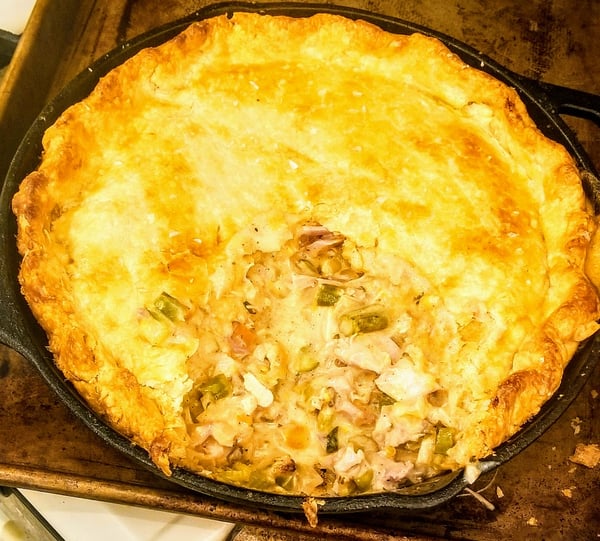 One of my go-to weeknight favorite sauce is the “pan” sauce. At its core, the process is simple: sear protein, sauté some aromatics, deglaze, add stock, finish with butter. What does all this mean? Well, any protein can benefit from having an accompanied sauce so over medium-high heat, sear that protein of choice and let it rest off to the side. Then you can utilize any veggies you may have on hand. I love mushrooms or shallots for this application, and sauté them in the same pan. To deglaze, you can use any kind of wine, spirit or acidic liquid to clear any fond (aka the wonderful brown bits that are on the bottom of the pan). Usually, you reduce the deglazing agent until the pan is just about dry and then you add the corresponding stock or cooking liquid to the pan and reduce even further to sauce consistency. By finishing with cold butter at the end, your sauce will have a nice sheen as well as a velvety texture.
One of my go-to weeknight favorite sauce is the “pan” sauce. At its core, the process is simple: sear protein, sauté some aromatics, deglaze, add stock, finish with butter. What does all this mean? Well, any protein can benefit from having an accompanied sauce so over medium-high heat, sear that protein of choice and let it rest off to the side. Then you can utilize any veggies you may have on hand. I love mushrooms or shallots for this application, and sauté them in the same pan. To deglaze, you can use any kind of wine, spirit or acidic liquid to clear any fond (aka the wonderful brown bits that are on the bottom of the pan). Usually, you reduce the deglazing agent until the pan is just about dry and then you add the corresponding stock or cooking liquid to the pan and reduce even further to sauce consistency. By finishing with cold butter at the end, your sauce will have a nice sheen as well as a velvety texture.
If you prefer to have a thicker sauce, you may thicken this type of sauce with a slurry, which is a mixture of cornstarch and water. A little bit goes a long way and no matter what kind of thickening agent you use in sauce making, you always want to make sure the sauce boils for a minimum of 2-3 minutes to ensure the starch is cooked out. Here is a seared steak with a mushroom and cognac sauce I recently made.
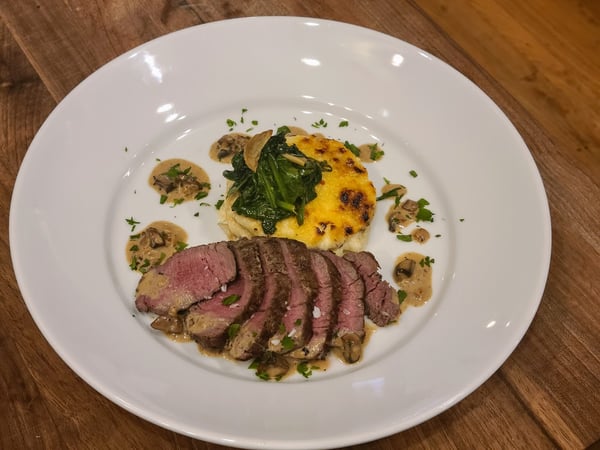 Besides these classic sauces, there is a slew of more modern options for a home cook to add to their sauce making adventures. One of the easiest ways to make a sauce is to puree some ingredients. That may seem like an over simplification, but let’s discuss some options.
Besides these classic sauces, there is a slew of more modern options for a home cook to add to their sauce making adventures. One of the easiest ways to make a sauce is to puree some ingredients. That may seem like an over simplification, but let’s discuss some options.
One thing to note when thinking of making a pureed sauce is the type of machine you will be using. Food processors will leave your sauce with more texture compared to using a blender which will make your sauce a bit more homogonous and smooth. But remember: there was a time before power tools, and you still can achieve a perfectly good sauce without them.
Pesto
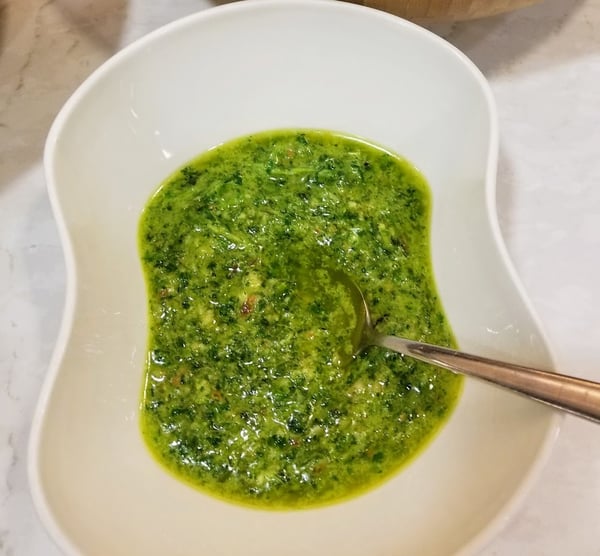 Traditionally, this sauce is made by blending basil, pine nuts, garlic, Parmesan cheese and olive oil together to make a paste. Pesto literally translates to “pound” which was achieved by using a mortar and pestle.
Traditionally, this sauce is made by blending basil, pine nuts, garlic, Parmesan cheese and olive oil together to make a paste. Pesto literally translates to “pound” which was achieved by using a mortar and pestle.
What I love about pesto is the versatility of it. You can combine really any kind of herb or green with any favorite nut and you can make it as thick or as thin as you may want with the addition of the oil. You may use it as a dip, a pizza sauce, pasta sauce or a glaze on a protein.
I have been on a major arugula pesto toast with sliced tomatoes and eggs kick for breakfast. Move over avocado toast, pesto toast is the new breakfast of choice in my house! Sometimes for an added twist, I’ll add capers or anchovies to my pesto for a little more of a salt boost.
Romesco Sauce
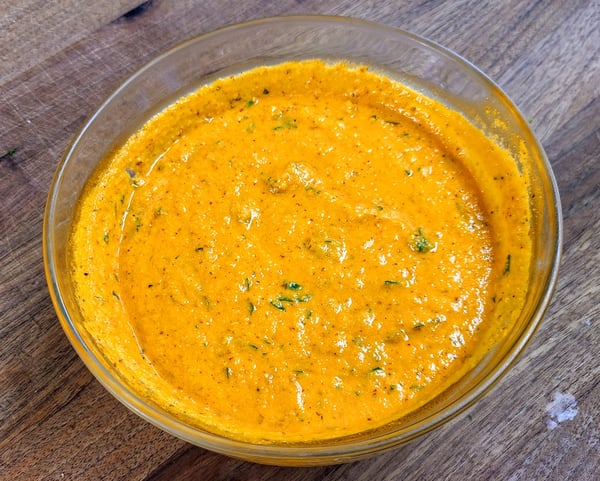 Romesco sauce is a blend of roasted tomatoes, peppers, garlic, almonds and it is thickened with bread. This puree originated in Spain and is an excellent pairing for fish or just as a dipping sauce.
Romesco sauce is a blend of roasted tomatoes, peppers, garlic, almonds and it is thickened with bread. This puree originated in Spain and is an excellent pairing for fish or just as a dipping sauce.
Compotes
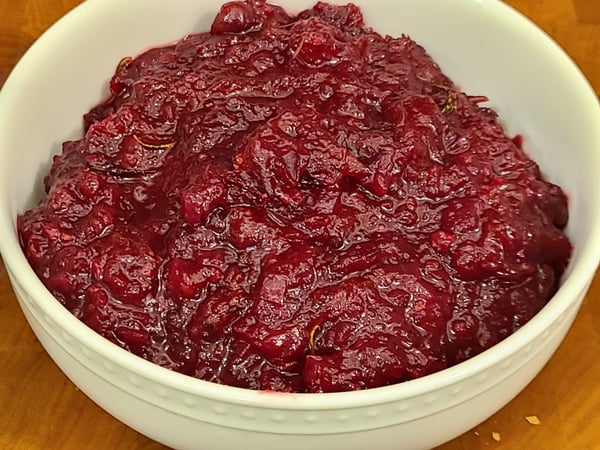 Compotes are fruit-based sauces and are great with poultry or game meat, as well as desserts. In a compote, the fruit is cooked down with sugar and spices and they can be blended or left rustic like the picture above.
Compotes are fruit-based sauces and are great with poultry or game meat, as well as desserts. In a compote, the fruit is cooked down with sugar and spices and they can be blended or left rustic like the picture above.
Gastriques
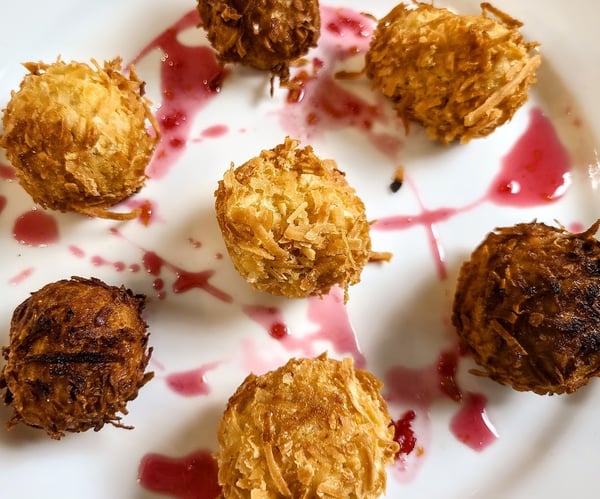
If you have never heard of a gastrique, it is a classic French technique of caramelizing sugar and deglazing with fruit juice, vinegar or alcohol and cooking it down until reaching a syrupy consistency. This is the epitome of a sweet and sour sauce and can be great with proteins or vegetables. I love a fried Brussels sprout salad with an apple cider gastrique, or this pomegranate ginger gastrique with coconut cake pops.
Chutneys
There is a whole family of sauces that fall under the name chutney. Broadly speaking, the word chutney usually applies to anything preserved in sugar and vinegar regardless of its texture. I have made herb chutneys, fruit chutneys and even yogurt-based chutneys. My favorite is this sweet and spicy fruit chutney which goes well with pork, chicken or duck.
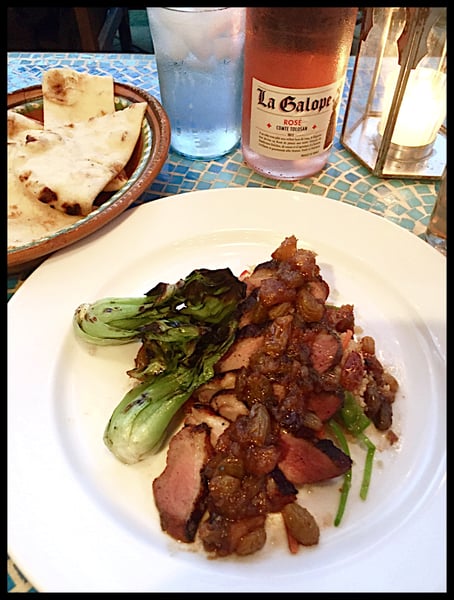
Dried Fruit Chutney
Scroll down for a printable version of this recipe
Yield: 2 1/4 cups
Active time: 30 minutes
Start to finish: 45 minutes
1/4 cup granulated sugar
2 tablespoons water
1/2 cup red wine or apple cider vinegar
1/2 cup dried cranberries
1/2 cup golden raisins
1/2 cup dried apricots, cut into small dice
1/2 jalapeño pepper, seeded and minced
2 teaspoons ginger, freshly grated
1 teaspoon garam masala
1/4 cup water
1 tablespoon mint, rough chopped
Salt and pepper to taste
- Place the sugar and water in a heavy saucepan and set over medium heat. Cook the sugar, without stirring, until it caramelizes into a deep amber color.
- Carefully add the vinegar. The sugar will harden at first, but continue to stir over medium heat until the sugar melts again.
- Add the dried fruit, jalapeño, ginger, garam masala and water to the pan. Cook at a low boil until the fruit starts to soften and plump up, 10 to 15 minutes.
- Fold in the mint, and season to taste with salt and pepper.
I have only begun to scratch the surface when it comes to more modern or “non” Mother sauces. Just about anything can be made into a sauce. Think about all of the condiments sitting in your pantry or refrigerator that can mixed and matched or cooked and pureed!
Salsas are another great option for the home cook’s sauce repertoire. You can learn how to make salsa and preserve it in your refrigerator for months to come in our virtual Homemade Refrigerator Jams, Salsas and Pickles this Saturday, September 4 at 4pm CST. You'll make:
- Peach-Vanilla Refrigerator Jam
- Tomato and Roasted Poblano Refrigerator Salsa
- Refrigerator Pickled Corn, Zucchini and Fennel Relish
The big take away when making any sauce at home is balance. Always be tasting and adjusting the appropriate salt, acid and fat components in your sauce and consistency of texture is key. In just about all of our classes we teach different sauce making techniques, so be sure to check out our wide variety of in person or virtual classes. We have a wonderful sauce-making guide available for download as well.
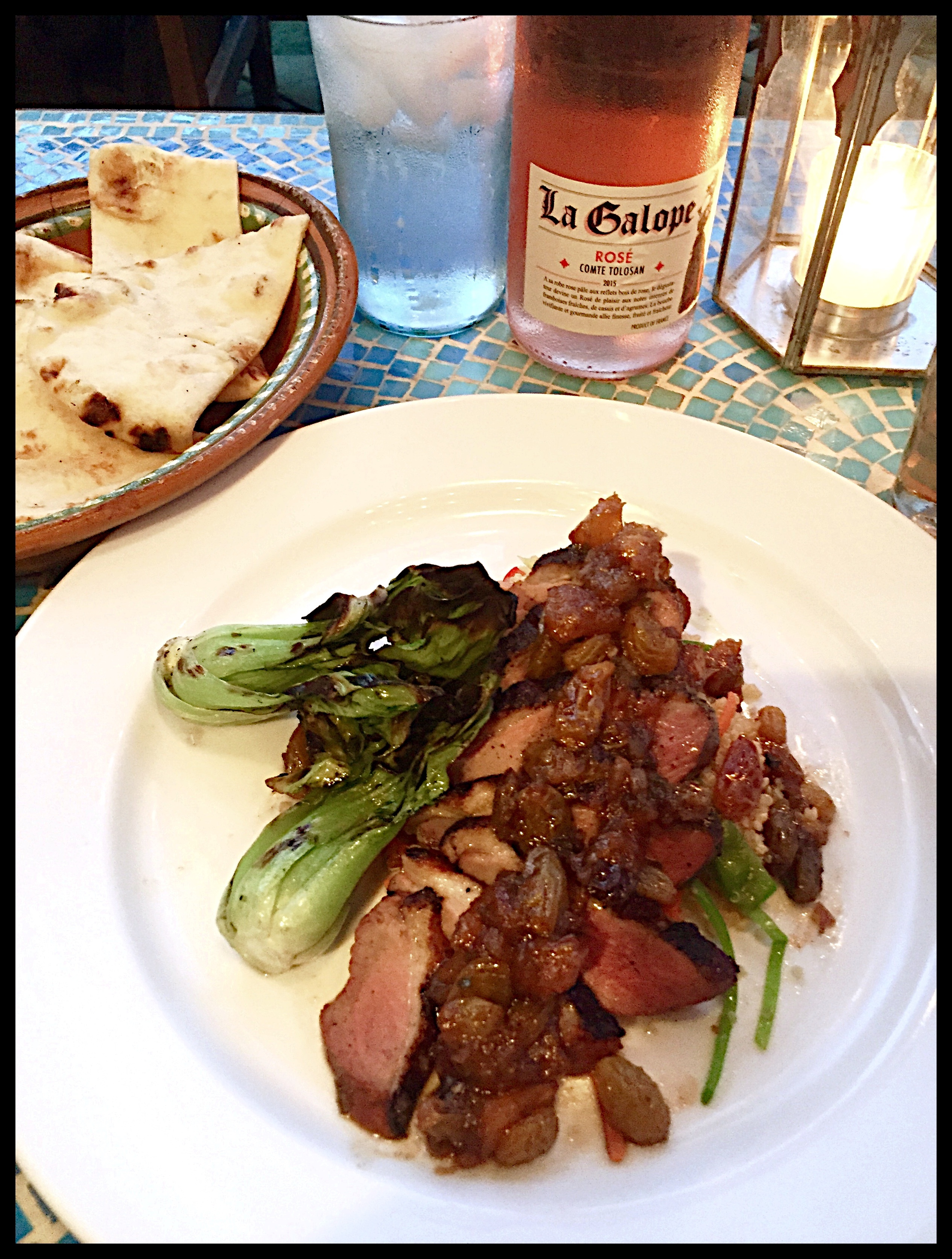
Dried Fruit Chutney
Ingredients
- 1/4 cup granulated sugar
- 2 tablespoons water
- 1/2 cup red wine or apple cider vinegar
- 1/2 cup dried cranberries
- 1/2 cup golden raisins
- 1/2 cup dried apricots, cut into small dice
- 1/2 jalapeño pepper, seeded and minced
- 2 teaspoons ginger, freshly grated
- 1 teaspoon garam masala
- 1/4 cup water
- 1 tablespoon mint, rough chopped
- Salt and pepper to taste
Instructions
- Place the sugar and water in a heavy saucepan and set over medium heat. Cook the sugar, without stirring, until it caramelizes into a deep amber color.
- Carefully add the vinegar. The sugar will harden at first, but continue to stir over medium heat until the sugar melts again.
- Add the dried fruit, jalapeño, ginger, garam masala and water to the pan. Cook at a low boil until the fruit starts to soften and plump up, 10 to 15 minutes.
- Fold in the mint, and season to taste with salt and pepper.


